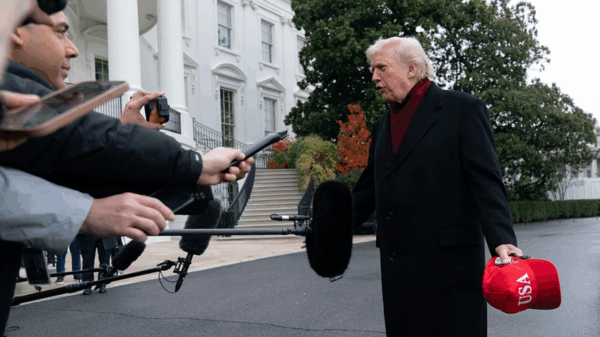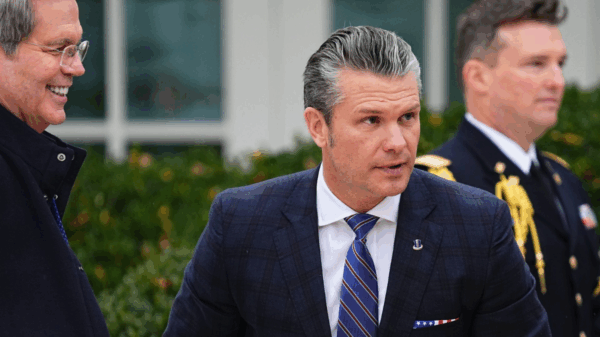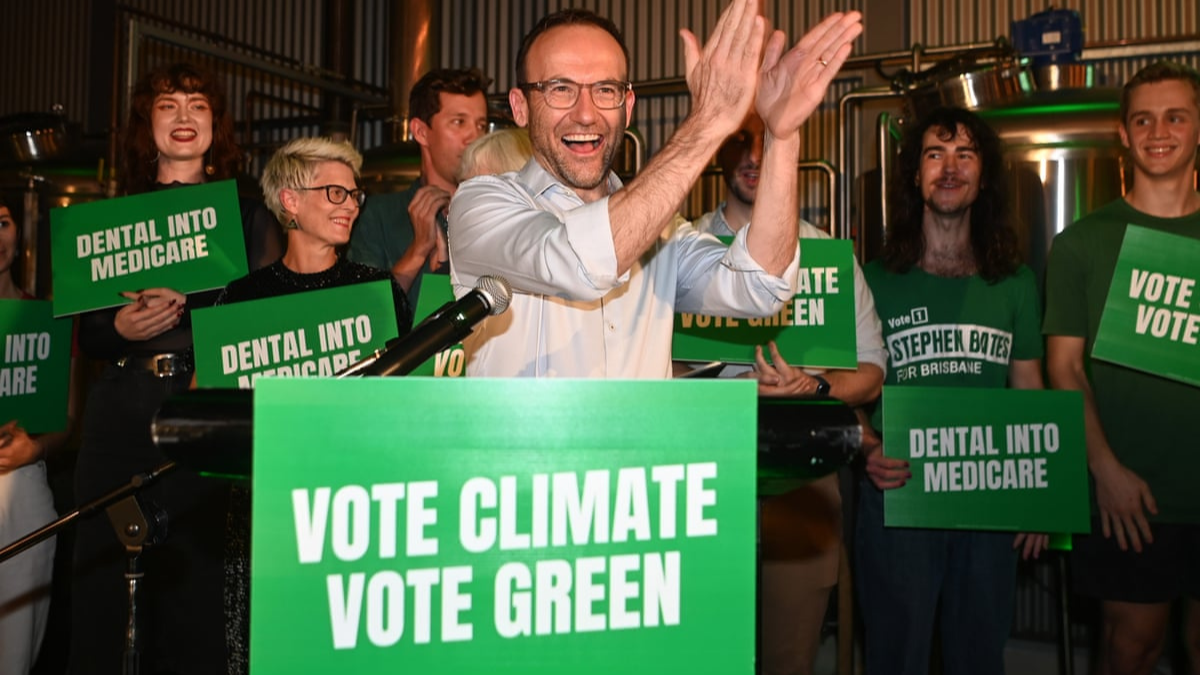CANBERRA, Australia (Fwrd Axis) – As reported this weekend, the government of Scott Morrison in Australia has come to an end. The Australian Labor Party won the Australian Election. While potentially not holding a majority will form a government with Anthony Albanese sworn in as Prime Minister today.
There were multiple reasons for the electoral loss. Still, the significant reasons come from climate policy, the rise of the “teals”, the rise of the Greens, and Perth.
Climate Policy
Climate Change had been almost the third rail of Australian Politics in this election campaign. Neither major party wanted to commit to anything on the matter. It was the Liberals who stood the most to lose with distinctly anti-climate change policies.
Australians clearly felt that this would not do. Under Morrison’s Government, the country was ablaze. At the same time, he was notably absent in Hawaii and suffered significant flooding in South East Queensland.
Emissions by Australia account for five percent of global emissions, and despite being on track for net-zero by 2050, Morrison’s government refused to set interim targets. He brought a lump of coal to Parliament in 2017 and has stated that the coal industry should continue as long as possible and operate for “decades to come”. His party has invested in renewable energy, but it is dwarfed by support for coal and new gas projects.
Labor promised more challenging targets but also pledged to support new coal mines. Essentially Albanese wanted to have it both ways. Neither party wanted to take a firm stance on climate policy, which led to the consequences that seemed to result in a hung parliament.
The rise of the “teals”
Both parties tried to avoid any commitment to climate policy. They left space for non-major party candidates to come in. That saw what has become known as the teal independents, so named for the almost universal color of their signage, take advantage.
Morrison saw a problem coming, commenting on election eve that a vote for the teals was “a vote for chaos”. It was an attempt to fend off the challenge specifically of his treasurer’s seat, and it failed.
The group of primary women received funding from Climate 200, an organization established by philanthropist Simon Holmes a Court to fund independents running on climate issues. These candidates featured climate policy as a top priority for their candidacy.

This group would have a big success in Sydney, winning three seats right on the Harbour typically held by Liberals. Most of the seats they took were Liberal seats, proving crucial in the insurmountable deficit faced by the party.
Former Prime Minister John Howard flagged this concern for his party, describing the teals as “Independent in name only” and “anti-Liberal groupies”. Notably, one of the seats won by the teals was Howard’s former seat of Bennelong.
These wins have made history in Australia. There will be 10 independents in the new Parliament. Australia’s previous record was four back in 1906.
The rise of the Greens
The Greens, which had its most successful election yet, are joining the teals on the cross-bench. The Greens retained Melbourne while gaining at least two seats in inner Brisbane.
In the Senate, the Greens will also be gaining, Including potentially picking up a seat in Queensland and taking away Pauline Hanson’s seat. These are the most significant wins for the Greens. Queensland has been Australia’s most conservative state, with Hanson’s racist views having success. That tide may be shifting, with Queensland voters seemingly tiring of the far-right views espoused by many representatives.
In a hung parliament, the Greens coming in with a collective voice of at least three votes will be needed by the Labor Party to get anything done. Along with the teals, expect Australia’s stance on climate change to have a dramatic shift in the next three years.
Perth
While the results in Queensland were interesting, especially for the Greens, it’s Perth that needs to be singled out. If one area of the country had an outsized impact on the election, it’s Perth.

Needing to win nine seats to form a majority government, Labor gained four seats in Perth. Pearce, Hasluck, Swan, and Tagney all fell to Labor. That’s double the number in Sydney (Bennelong and Reid), with Adelaide (Boothby) and the Central Coast (Robertson) providing the other confirmed flips.

It wasn’t just that the seats fell but just how significant the swing to Labor was. All but two seats saw a greater than 10 percent swing to Labor. That trend went even further out with Western Australian voters coming to Labor.
While all three WA seats outside of Perth went to Liberal, the swings bordered on 10 percent, with Forrest seeing a swing of over 10 percent. Those numbers should signal the Liberals who won’t be able to win in 2025 if that trend continues.
There’s still a lot to unpack from the 2022 Australian Election. With nine seats still not called for a winner, expect more news from Down Under in the coming days and weeks.
—
Hockman reported from San Antonio, Texas.




















































